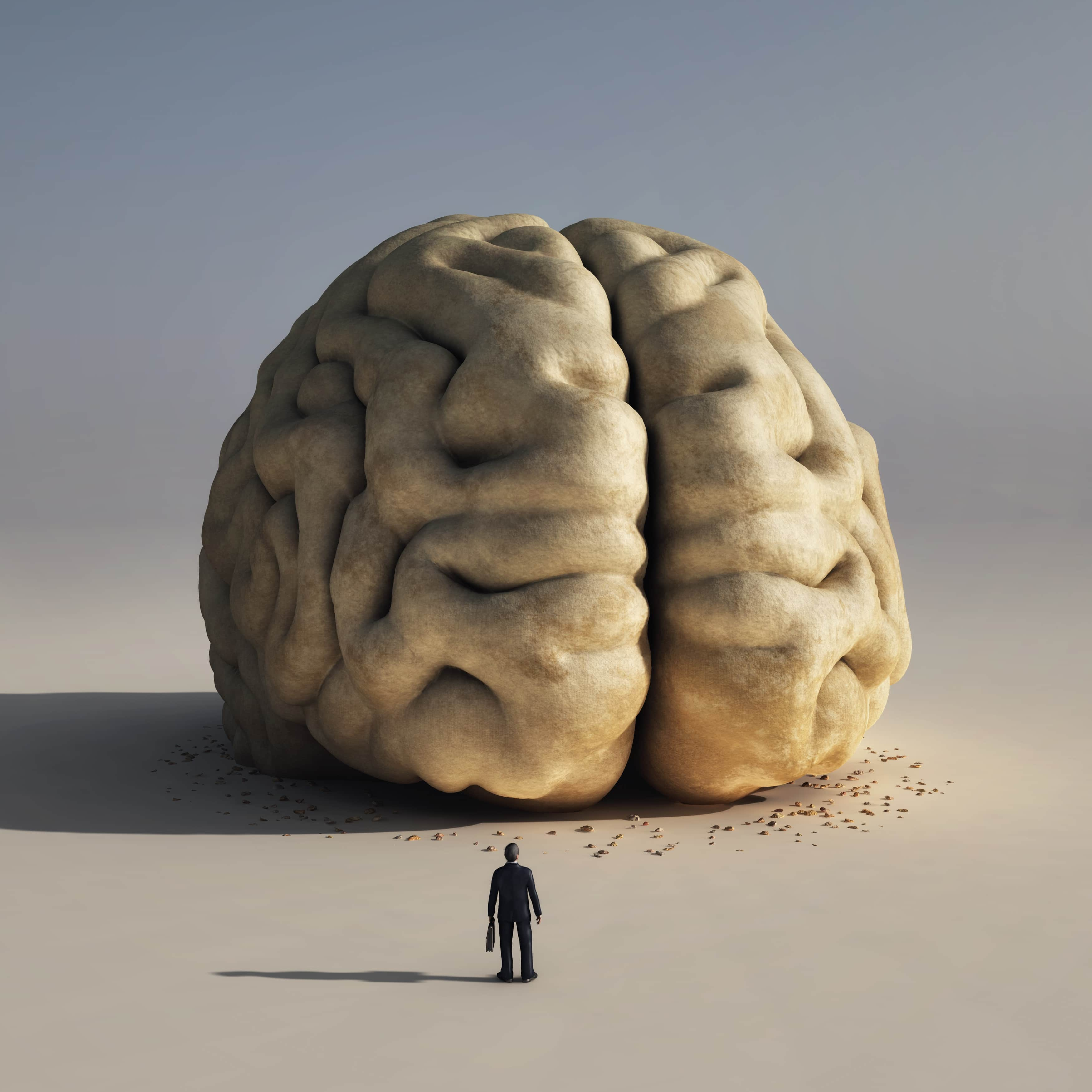Article
Review Highlights Urological Complications, Therapies for Parkinson Disease
Author(s):
A review expanded on urological complications associated with Parkinson disease (PD), as well as therapies for these complications.
Parkinson disease (PD) is recognized as one of the most common neurodegenerative disorders after Alzheimer disease. A review published in Archives of Italian Urology and Andrology expanded on urological complications associated with PD, as well as therapies for these complications.
Lower urinary tract symptoms, including storage or voiding symptoms, are common among patients with PD, with 74% of patients with early-to-moderate disease reporting more than 1 bladder disturbance symptom.
In this review, data from a total of 90 papers were included.
The authors first noted that a patient’s medical history is the most important tool to determine any urinary disorders, potentially helping with treatment selection.
When it comes to treatment, the authors said pharmacologic interventions—particularly anticholinergic medications—are the first-line option for treating storage or overactive bladder symptoms( OAB) in patients with PD. However, possible adverse events need to be taken into account when measuring potential benefits of any treatment.
In cases of OAB with superior tolerability to anticholinergic medications, β3-agonist mirabegron can also be used. While they have been known to lack typical side effects of antimuscarinic agents, only a few trials have tested its efficacy in patients with PD.
Due to their limited efficacy data, dopaminergic therapy or L-dopa medication and botulinum toxin (BT) injections were mentioned as treatments for PD but are still being researched.
While some studies have reported that L-dopa improves micturition symptoms, other studies had conflicting results. For botulinum toxin injections, guidelines emphasized the importance of differentiating multiple system atrophy (MSA) from PD before completing the injections, but recommendations for dosage, long-term efficacy, and risk factors for retention or difficulty voiding were not included.
Desmopressin was also noted to be effective for nocturnal polyuria management.
“The use of antimuscarinics, detrusor injection of BT, neuromodulation, and CIC [clean intermit- tent catheterization] could be useful to manage reduced bladder capacity,” the authors said. “Desmopressin and late-afternoon diuretic could help in the management of nocturnal polyuria.”
Aside from drug treatments, behavioral therapy should also be considered as an initial treatment for OAB, especially to treat early and advanced PD, the authors noted. Additionally, deep brain stimulation (DBS) surgery, which has been used as a treatment for motor symptoms in advanced PD, has been shown to be effective in improving urinary functions in patients with PD.
“DBS is associated with increased bladder capacity and volume triggering bladder contraction, increased time to first desire to void,” the authors said. “While DBS appears to be a promising therapy for modulating LUTS [lower urinary tract symptoms] in PD patients, the current research is mostly limited to small cohorts.”
Overall, many treatments require larger clinical trials to prove their efficacy. However, treatments such as anticholinergics and mirabegron remain potential treatment options for PD.
“Treatment of all urologic dysfunction in PD is optimal with a multidisciplinary approach to improve the quality of life of these patients,” the authors concluded.
Reference
Moussa M, Chakra MA, Papatsoris AG, et al. Perspectives on the urological care in Parkinson’s disease patients. Archivio Italiano Di Urologia E Andrologia. 2022;94(1):107-117. doi:10.4081/aiua.2022.1.107





